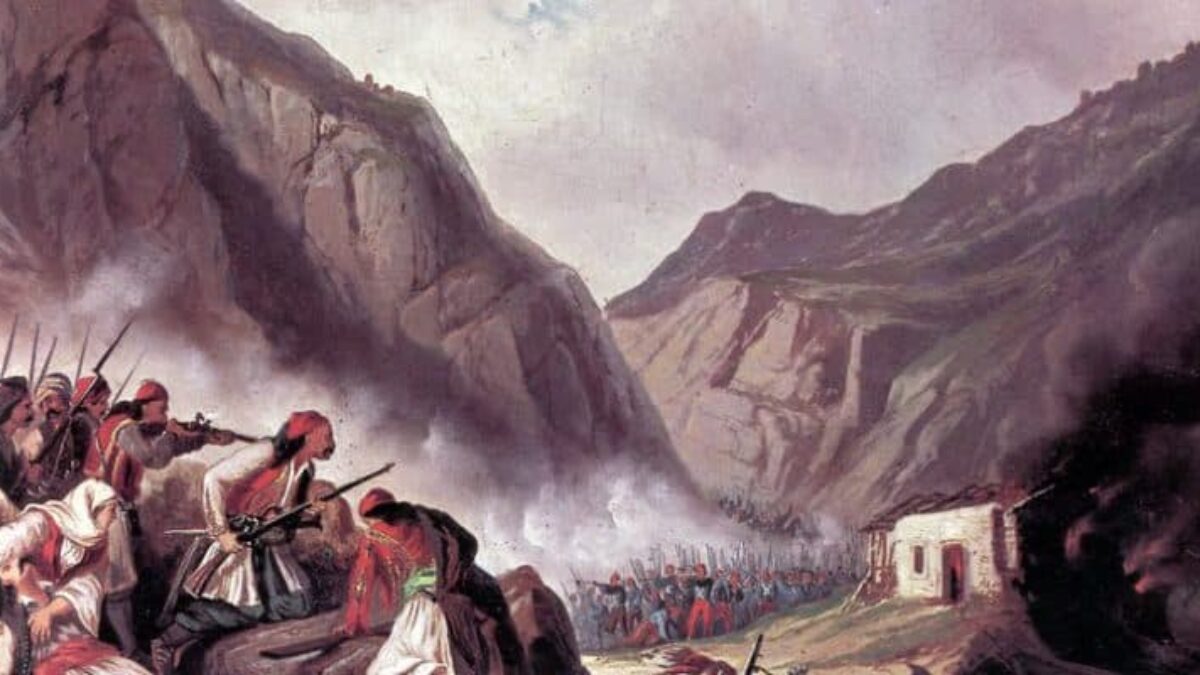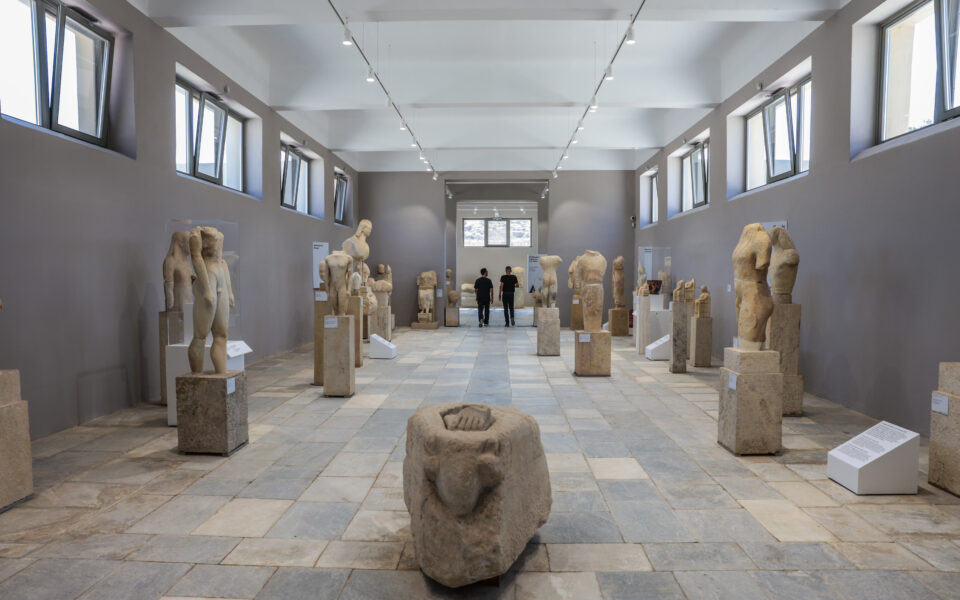Sailing to Byzantium: The Fall of Constantinople and the Ecumenical Patriarchate
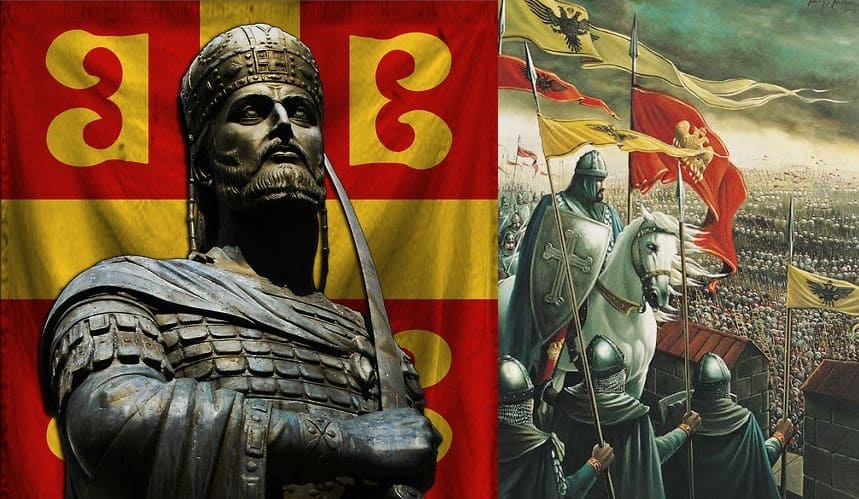

On Thursday 27th of May, Dr Mario Baghos, Lecturer in Patristics and Church History at St Andrew’s Greek Orthodox Theological College, and Chief Publishing Officer of St Andrew’s Orthodox Press, gave the second talk in St Catherine’s annual ‘Sailing to Byzantium’ series, this year dedicated to the period between 1453-1821 in honour of the 200-year anniversary of Greek Independence. The talk was entitled ‘The Fall of Constantinople and the Ecumenical Patriarchate.’
Dr Baghos was introduced by Dr Patricia Koromvokis, Lecturer in the Department of Media, Communications, Creative Arts, Language and Literature at Macquarie University and head of the Modern Greek programme. The evening was MC’d by Ms Maria Papadopoulos.
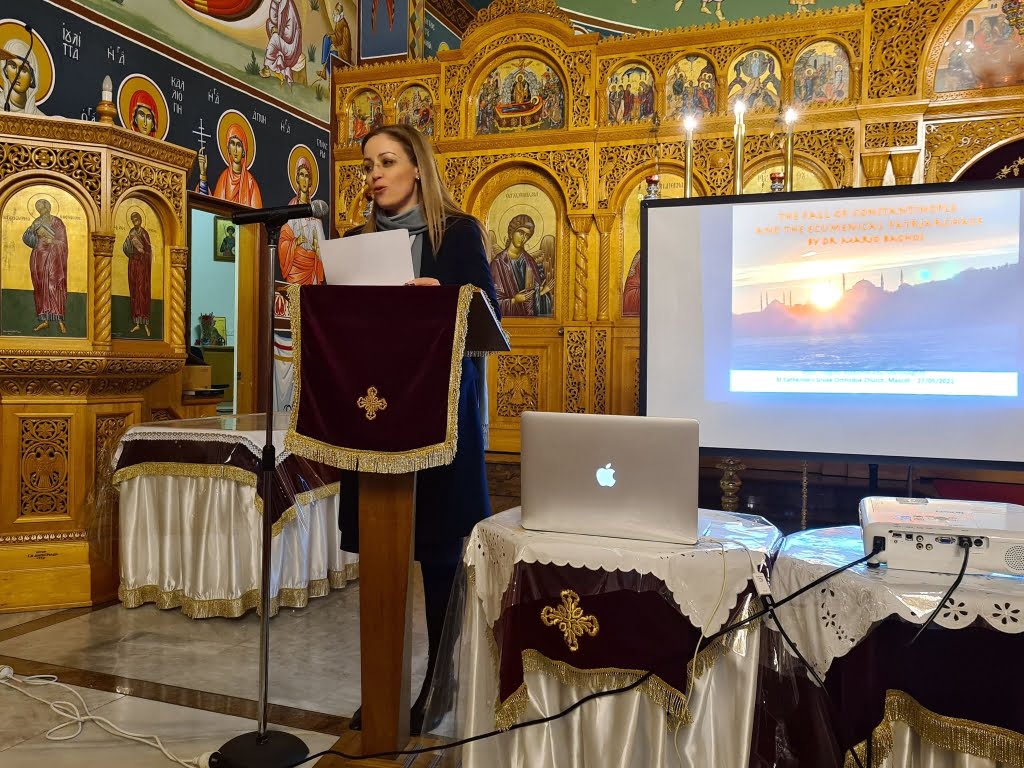

Beginning with an outline of the legend of the ‘Marble King’ associated with the last emperor of Byzantium (the Eastern Roman Empire), Constantine XI Dragaš Palaiologos, Dr Baghos spoke about the phenomenal spiritual and cultural achievements made by the Byzantines in the last period of their thousand-year long civilisation. These accomplishments took place in spite of the truncation of the empire’s borders on account of Seljuk and Ottoman incursions and pressure from the Papacy to convert to Catholicism for military aid.
Dr Baghos illustrated that Orthodox Christianity was preserved in this period precisely by those persons – like St Mark Evgenikos of Ephesus – who resisted the pressure from both the Papacy and, at times, the Byzantine imperial court, to convert. And even though the last emperor, Constantine Palaiologos, did finally accept union with Rome, the assistance received by the Byzantines was marginal and could not successfully deflect the Ottoman onslaught led by Sultan Mehmet II against the city in the months of April and May, 1453. The city fell on May 29th, after three consecutive waves of attacks, and the final emperor of Constantinople was last seen defending the city’s land walls near the St Romanos Gate before passing into legend as ‘the Marble King.’
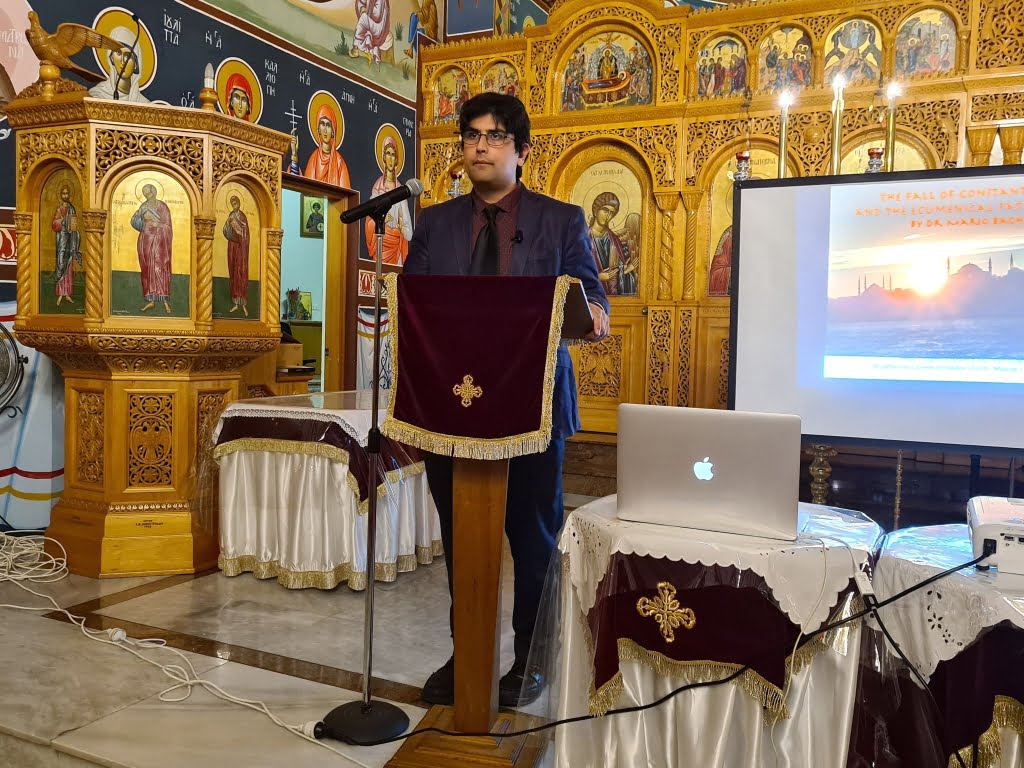

Dr Baghos then addressed the role of the first Ecumenical Patriarch after the fall of the City, Gennadios II Scholarios. Gennadios was chosen by Mehmet because of his antipathy to Roman Catholicism, which would prevent any Western assistance for the Romioi, ancestors of the Greeks, and other Orthodox in Ottoman occupied territory. This paradoxically preserved their Orthodox Christianity, which, as it is well known, was the context within which Greek culture, language and education was sustained throughout the four-hundred year Ottoman occupation. Like the many Ecumenical Patriarchs that would succeed him throughout the centuries, Gennadios laboured diligently on behalf of the Orthodox Christian millet that he was responsible for. Among other things, he continued his work as a scholar and prevented young boys from being forcibly converted to Islam and enrolled in the Sultan’s elite Janissary corps.
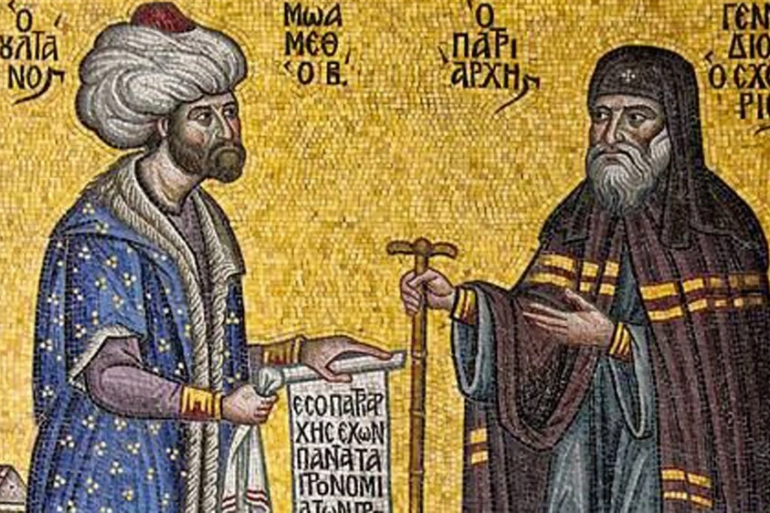

The Q&A that ensued – contributed to by various attendees including St Catherine’s parish priest the Very Revd Fr Athanasios Giatsios – brought to light the significance of the Fall of Constantinople – and of the Byzantine empire in its entirety –for Greeks and other Orthodox as a framework where faith and reason were reconciled, and whose inhabitants uncompromisingly held onto their Orthodox beliefs, at risk to their very lives; a valuable lesson for Greeks everywhere to not take their Orthodox Christianity for granted.


